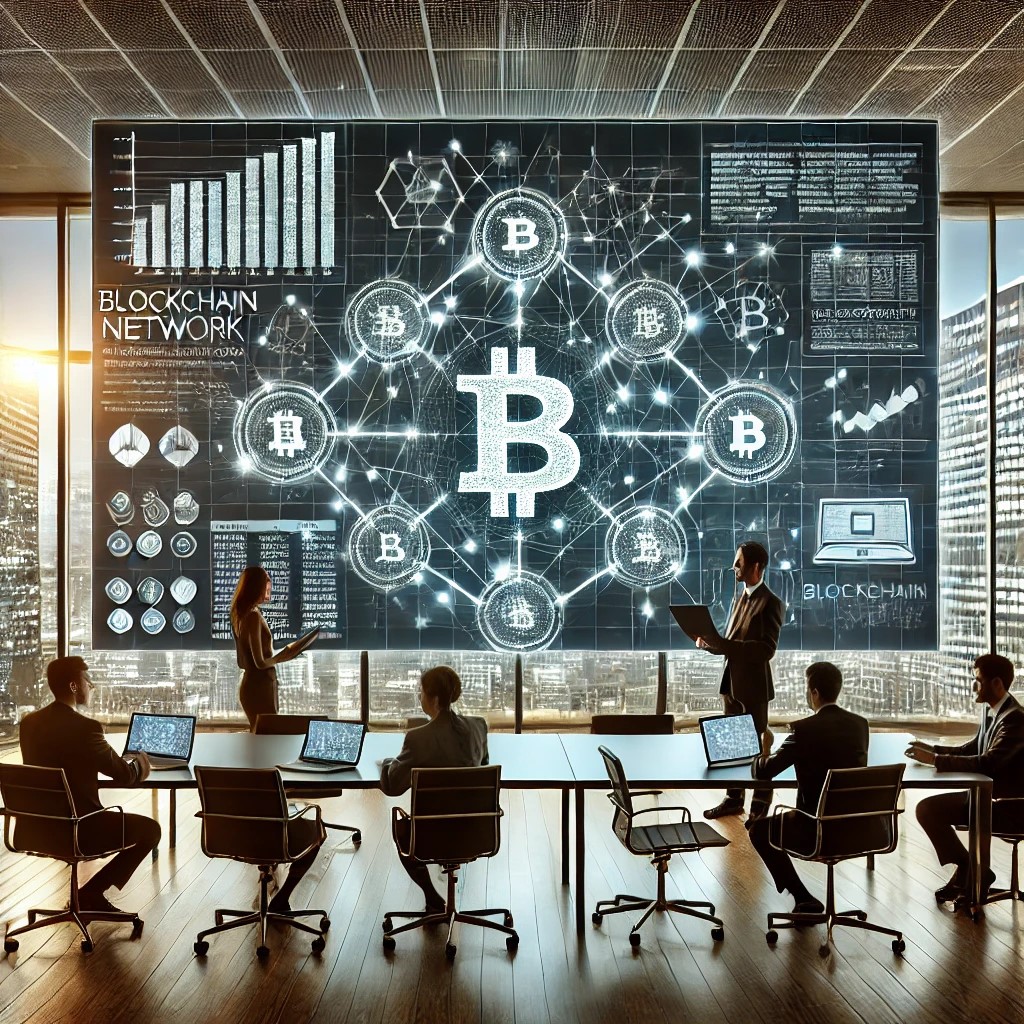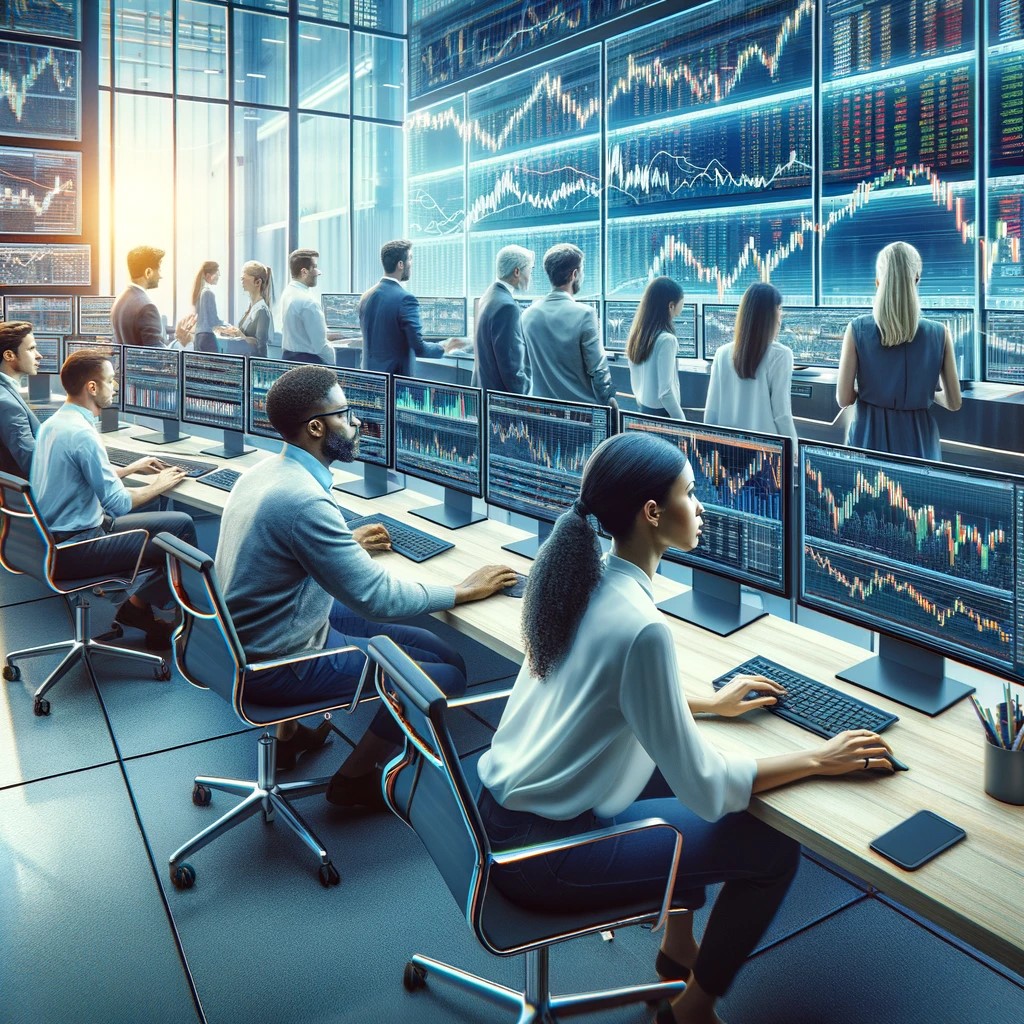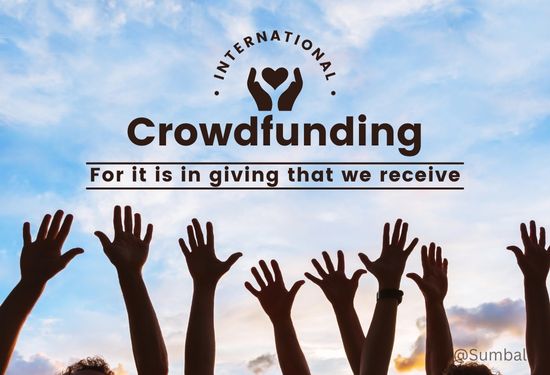In the realm of investment, fine art has long been considered a sophisticated and lucrative asset class, accessible traditionally by the elite and affluent segments of society. However, with the advent of various platforms and technologies, the art investment landscape is rapidly democratizing, inviting a broader range of investors to explore its potential. This article delves into the current trends in fine art investment and anticipates future developments in this intriguing market.

Increased Accessibility
Digital platforms have revolutionized how investors access the art market. Online galleries, virtual auctions, and blockchain-based transactions have made buying and selling art more accessible. These platforms not only broaden the investor pool but also increase transparency in a market historically perceived as opaque.
The Rise of Art Funds
Art funds, which allow investors to purchase shares in a managed portfolio of artworks, are gaining popularity. This method enables investors to diversify their portfolios without the need to own individual pieces directly. By pooling resources, investors can participate in the higher echelons of the art market, accessing works by blue-chip artists that may have been beyond their individual purchasing power.

Focus on Contemporary Art
Contemporary art is currently the fastest-growing segment in the art market. Works by living artists are attracting increasing attention from both seasoned collectors and new investors, driven by their potential for appreciation and cultural relevance. High-profile sales and record-breaking auction results have further fueled interest in contemporary artworks.
Future Predictions for Art Investment
Looking ahead, the art investment landscape is set to continue its evolution, influenced by economic factors, technological innovations, and changing cultural attitudes.
Technological Integration
Technology will play a pivotal role in the future of art investment. Augmented reality (AR) and virtual reality (VR) technologies are expected to become more prevalent, offering immersive experiences that allow potential buyers to view artworks in lifelike settings remotely. Additionally, blockchain technology is poised to enhance the provenance tracking and security of art transactions, making the buying and selling process even more transparent.

Greater Market Data Availability
As the art market matures, the availability and analysis of market data will become more sophisticated. Big data analytics will provide investors with deeper insights into market trends, price fluctuations, and investment potential. This data-driven approach will help demystify the art market, making it more comparable to other investment classes.
Expansion of Global Markets
The geographical boundaries of the art market are expanding. Emerging markets in Asia, the Middle East, and Africa are showing increased activity, both as buyers and sellers. This global expansion not only diversifies the range of artworks available but also introduces new cultural narratives into the market, enhancing its richness and complexity.
Conclusion
Investing in fine art combines aesthetic enjoyment with the potential for significant financial gains. As the market continues to evolve, it offers promising opportunities for investors willing to navigate its complexities. With increased accessibility, technological advancements, and a more robust global presence, the business of art is set to remain a fascinating and fruitful investment frontier.





